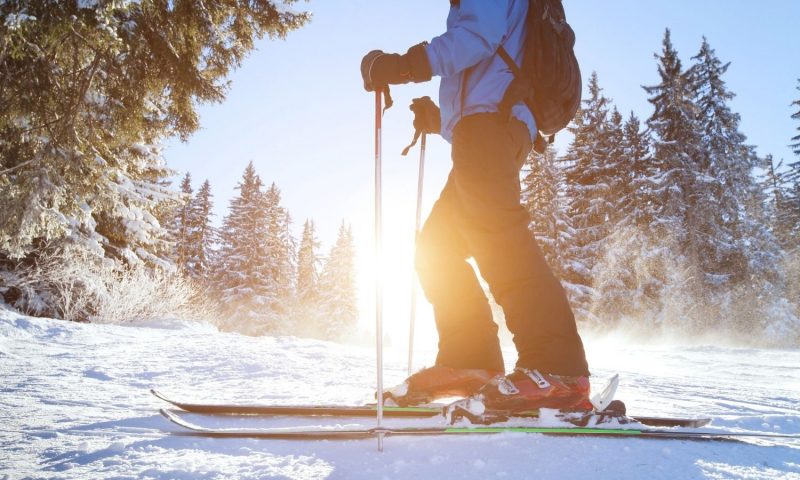Interested in trying skiing and need some help understanding the different types of skiing? Read this article for an overview of eight different kinds.
It’s winter, and now is the perfect time to get into a cold-weather sport like skiing. Everyone has heard of downhill skiing and cross-country skiing, but did you know that there is actually a wide variety of skiing types that use different techniques and kinds of gear? This article will aid you in understanding the different types of skiing.
Downhill
Downhill skiing, also called alpine skiing, is one of the most popular and well- known types of skiing. When downhill skiing, skiers take a lift to the top of a tall hill or mountain and ski down it. The boots used for skiing are stiff and fully attached to the skis. Usually, ski resorts have hills ranging from beginner to advanced in difficulty.
Cross-Country
In cross-country skiing, a skier propels themselves across a variety of terrains, rather than exclusively downhill. The boots used for cross-country skiing are very flexible and attach to the skis only at the front of the foot. Cross-country skis are much longer, skinnier, and lighter than other types of skis. Since cross-country skiing is good for beginners, it’s a good type of skiing to try with the whole family. Just make sure your kids stay warm!
Backcountry
Backcountry skiing is a type of skiing done on an ungroomed hill or terrain, rather than at a ski resort. It can be performed either downhill or on a flat terrain, and backcountry skiers usually use a ski and boots that keep the heel free.
Alpine Touring
Alpine touring falls within the category of backcountry skiing, but utilizes a different type of equipment. In alpine touring, the skier uses a hybrid ski in which the skier can transition between having their heels connected or disconnected to the ski, which makes this type of skiing quite versatile.
Telemark
Telemark skiing refers to a technique rather than a location for skiing. In telemark skiing, the skier’s heel is always detached from the ski. This allows for more flexibility, but also means skiers must use different techniques to control their movement.
Ski Mountaineering
Ski mountaineering falls into the backcountry skiing class and combines climbing and skiing into one activity. This type of skiing is done at a non-ski resort location and involves the skier climbing up a mountain and then skiing back down. Because it can involve more complicated climbing and skiing techniques, this type of skiing is best suited for advanced skiers.
Freestyle
Freestyle skiing is an advanced type of skiing that is essentially downhill skiing combined with an obstacle course. Skiers will go over jumps, do flips, and perform other aerial maneuvers. Ski resorts have slopes specifically made for freestyle skiing.
Adaptive
Adaptive skiing is a special kind of skiing designed for those with disabilities. Adaptive skiing can fall into any skiing category and involves the use of specialized equipment like mono skis or sit skis.
Now that you’ve gained an understanding of the different types of skiing, perhaps it’s time to pick up a new winter hobby. With so many types of skiing to choose from, you won’t have any trouble finding a variation that you love.
